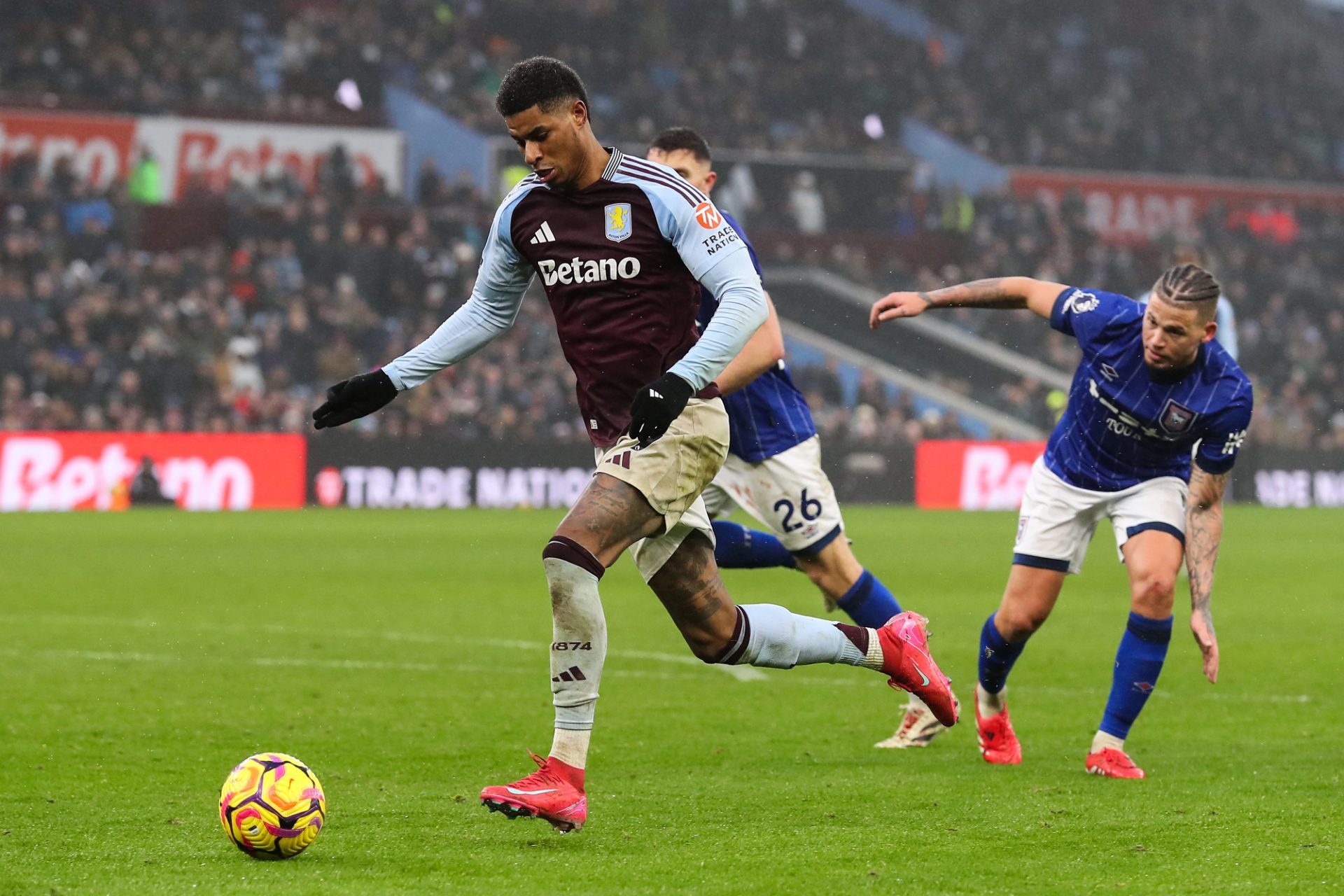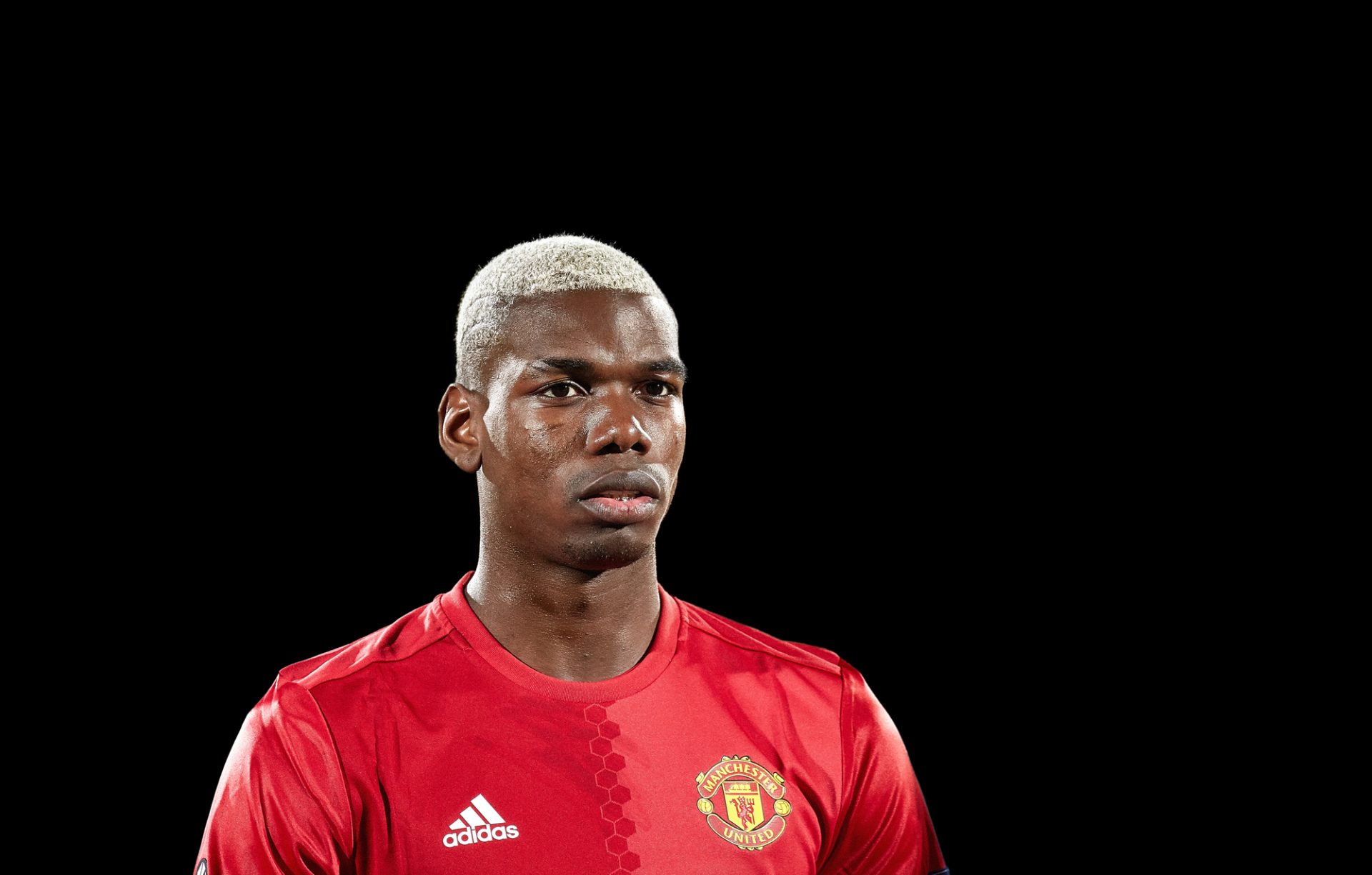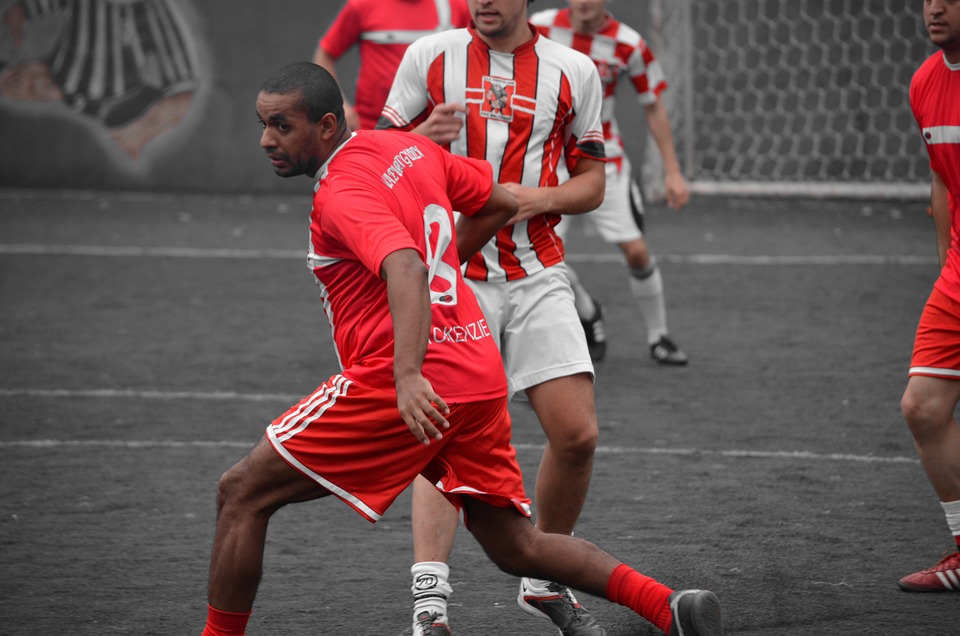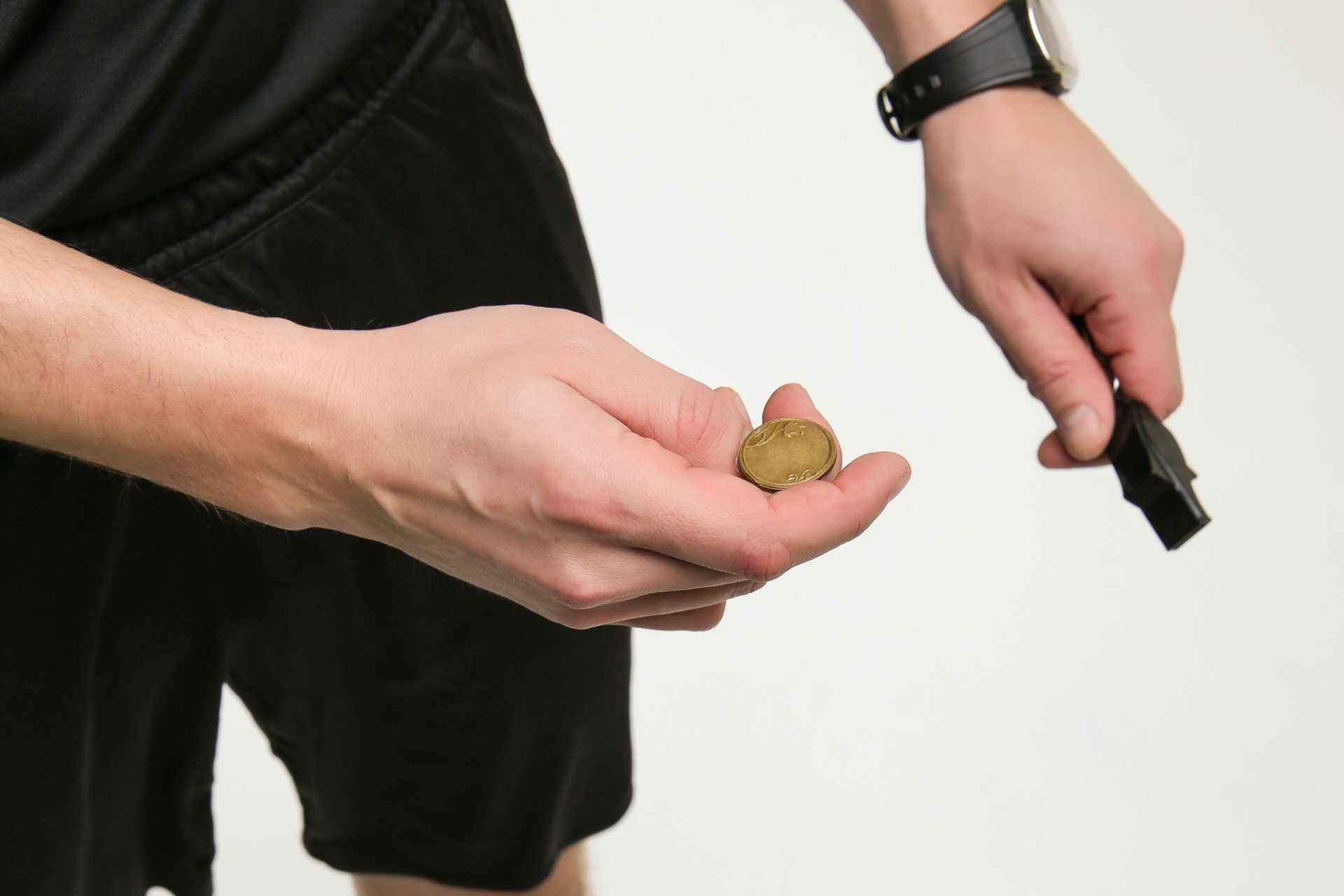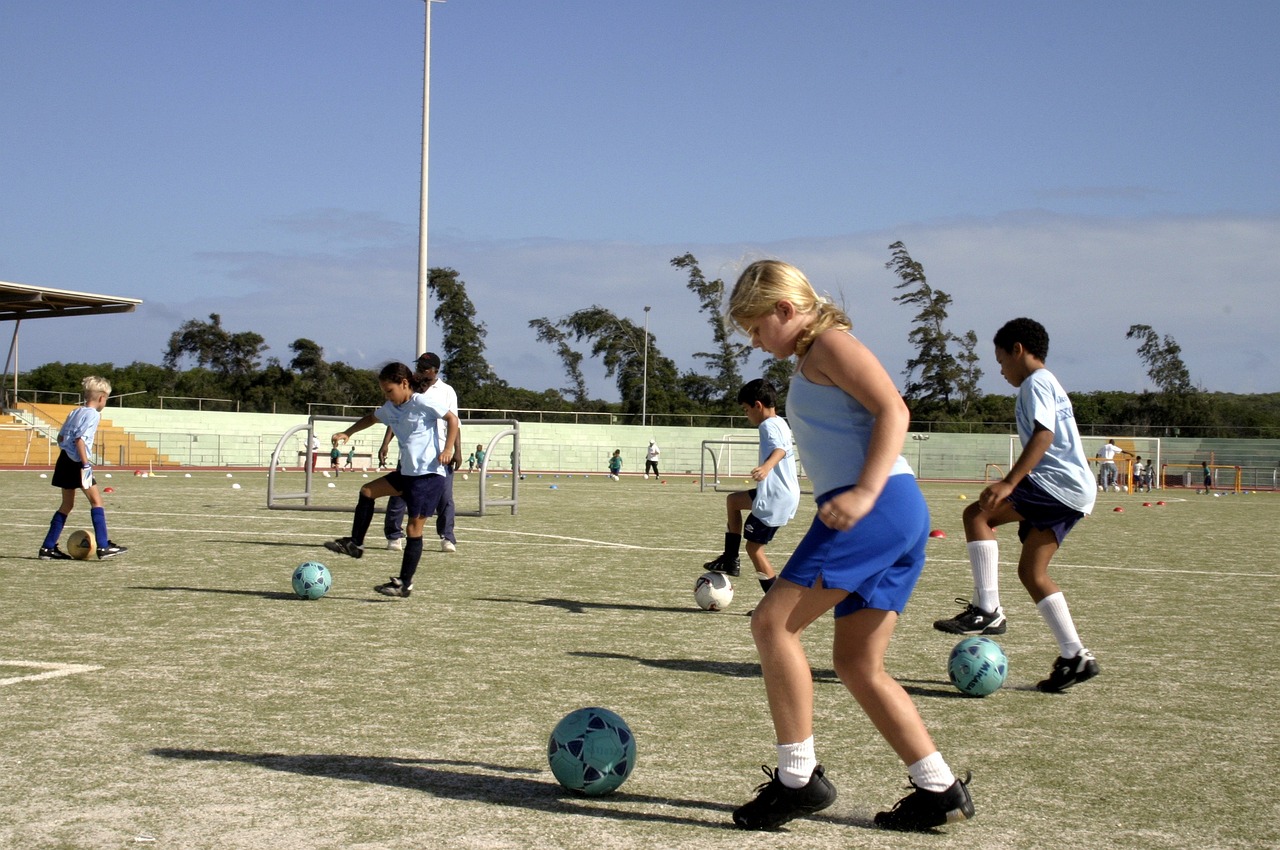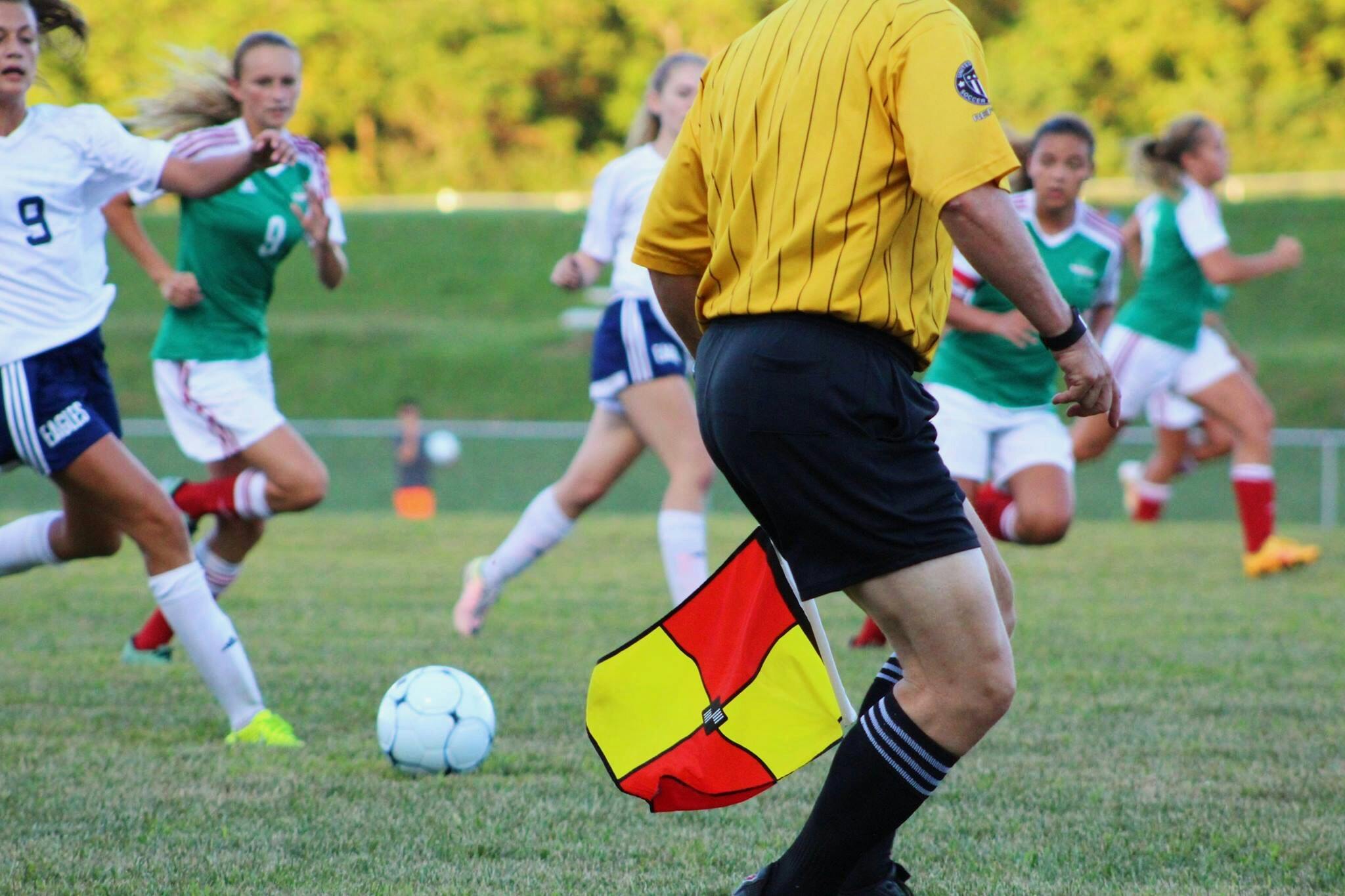How Do I Teach My 10-Year-Old To Kick A Soccer Ball? A Step-by-Step Guide for Parents
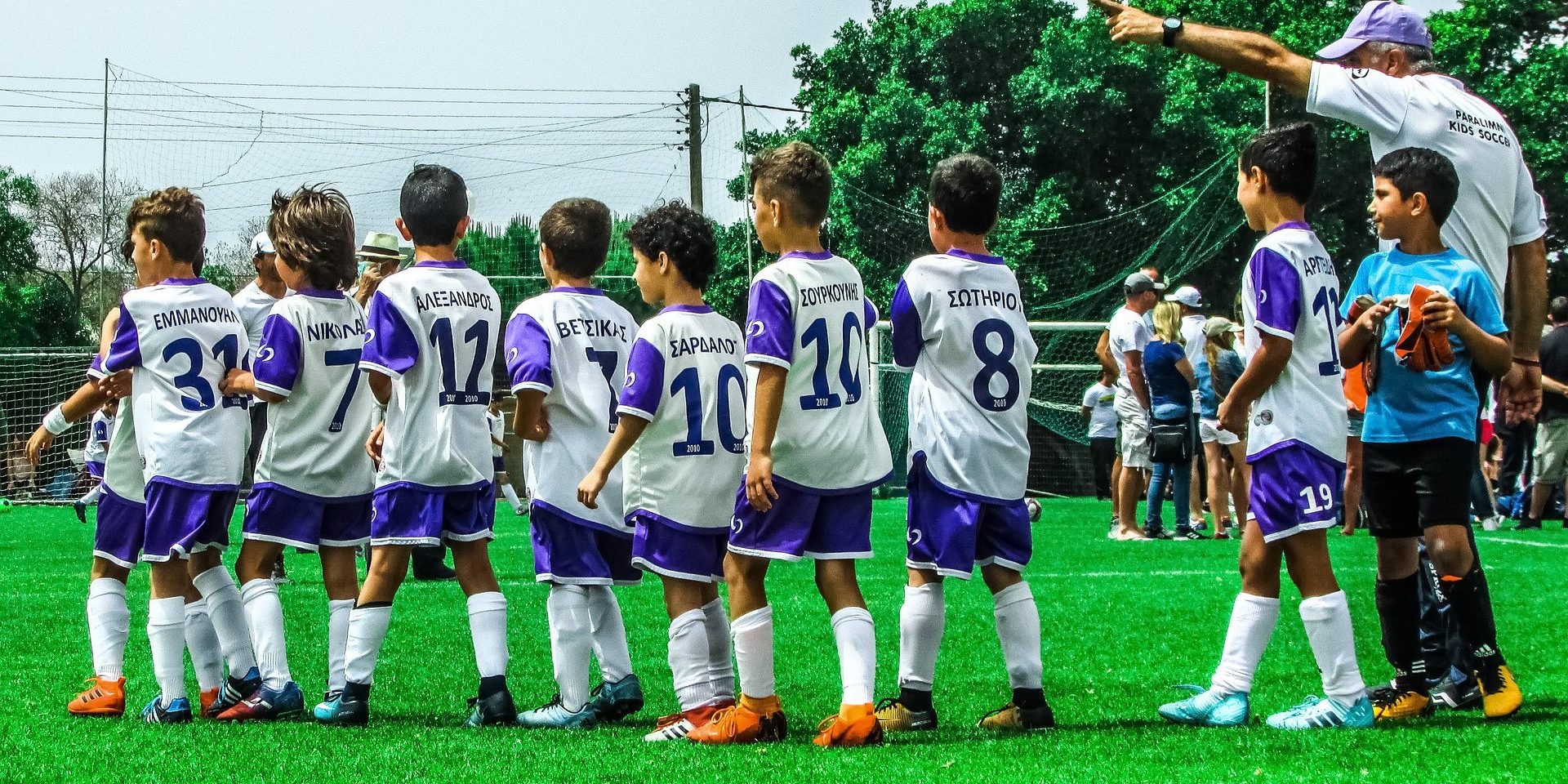
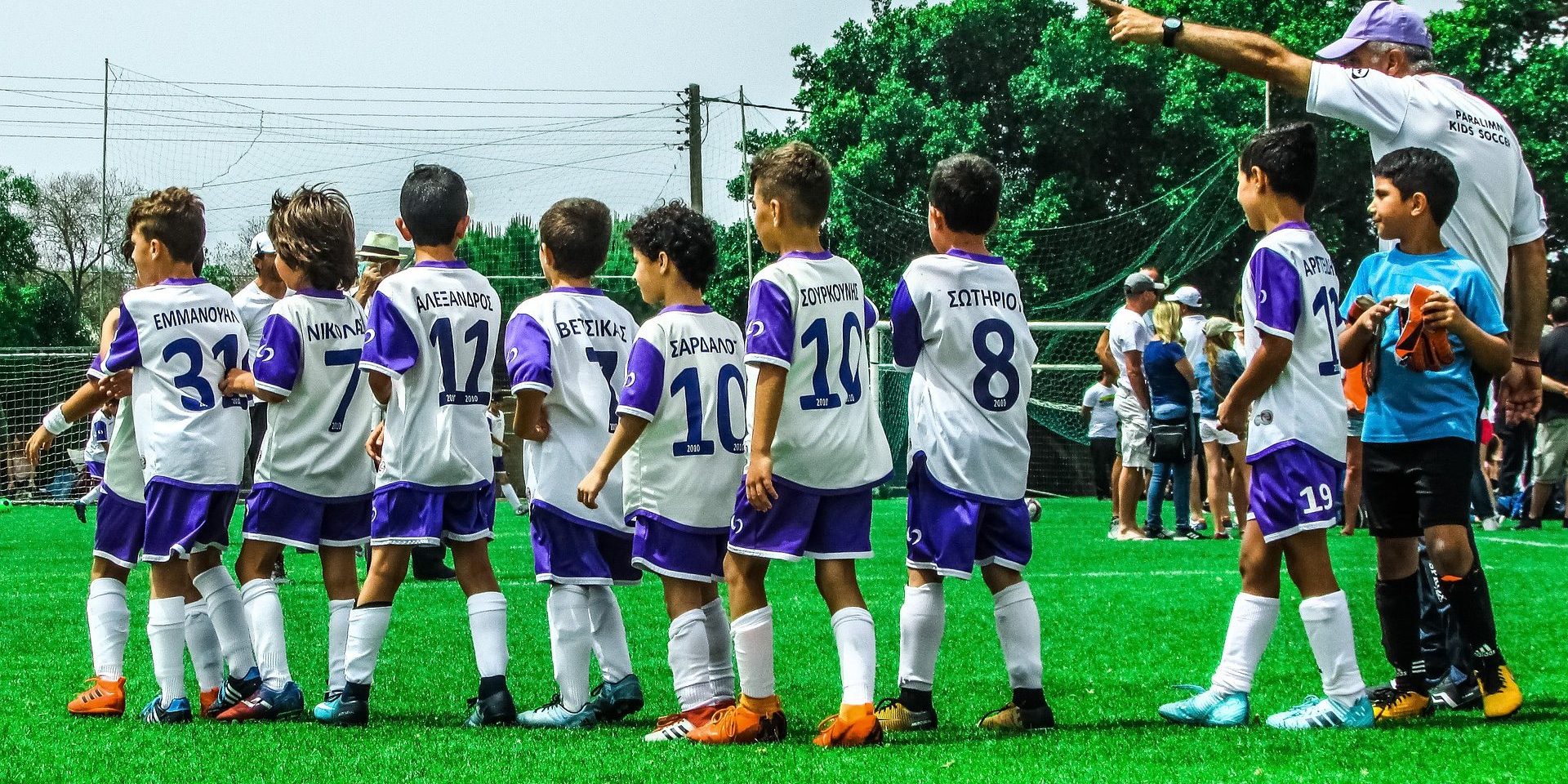
Table of Contents
Teaching a 10-year-old to kick a soccer ball requires a blend of patience, clear instruction, and appropriate practice drills. At this age, children are in a prime developmental stage to hone their coordination, balance, and motor skills, which are essential for soccer. To foster these abilities, it’s important to introduce kids to the foundational techniques of kicking, such as using the inside of the foot for passing and the laces for shooting. By emphasizing these techniques early on, young players can develop a strong skill set that will benefit their overall performance in soccer.
Starting with the basics, teaching proper stance and ball contact is essential. A proper kicking technique involves positioning their non-kicking foot alongside the ball, using their arms for balance, and striking the ball with the correct part of their foot. It’s also crucial for young players to understand the mechanics behind each type of kick, whether it’s passing to a teammate or attempting a powerful shot on goal. These skills not only enhance their current gameplay but also lay the groundwork for future development as they continue to grow in the sport.
In addition to technique, it’s helpful to create a fun and engaging training environment. Children at this age are more likely to improve if they enjoy the process. Simple games and activities that incorporate these kicking techniques can encourage a 10-year-old’s enthusiasm for soccer, while effectively integrating essential soccer skills into their muscle memory. Regular practice and positive reinforcement from coaches and parents can significantly aid in their development as young soccer players.
Understanding the Basics
Teaching a 10-year-old to kick a soccer ball effectively involves focusing on both the underlying principles of the game and the specifics of the kicking technique. Mastery of these elements will contribute to their overall soccer skills, including control, accuracy, power, balance, and confidence.
Soccer Fundamentals
Understanding soccer fundamentals is foundational for young players. They need to develop a grasp of the basic game mechanics such as the objective of scoring goals while maintaining defense against the opposition. Alongside this, fostering good communication and decision-making skills is vital for in-game success.
Kicking Technique Fundamentals
The fundamentals of good kicking technique are central to a young soccer player’s ability to play effectively. There are several core technical skills a child should learn:
- Positioning and Stance
- The non-kicking foot should be placed beside the ball, providing balance during the kick.
- Ball Contact
- Utilizing different parts of the foot (laces, inside) leads to different types of kicks and affects ball control and power.
- Body Mechanics
- Ankle should be locked and the body should lean over the ball, ensuring firm, accurate contact.
- Following through with the kick is essential for power and helps the player regain balance.
Developing Kicking Skills
Teaching a 10-year-old to kick a soccer ball effectively involves a balance of power and control along with mastering various kicking styles. Consistent practice and repetition of drills are necessary for the development of these skills.
Building Power and Control
For a young player to generate power in their kicks, they must develop good technique. This begins with proper body positioning; the non-kicking foot should be placed beside the ball, pointing in the direction they want the ball to go. The player should then strike the ball with the inside of their foot for passing or the laces for a more powerful shot, while keeping their ankle firm. Drills that require the player to push a ball through cones can help build this fundamental control and leg strength.
Mastering Different Kicking Styles
There are several styles of kicks in soccer – each suited for different scenarios on the field. Encouraging a child to practice both the inside-of-the-foot kick and the laces kick will allow them to use the appropriate style when necessary. Teaching the child to maintain a locked ankle, to follow through with the kicking leg, and to use their body weight to add force will enhance their ability to execute different kicks.
Accuracy in Kicking
To improve accuracy, drills such as passing to a target or shooting at specific areas of the goal are beneficial. Players should be taught to visualize the target before making the strike and to concentrate on the part of the ball they need to hit to achieve the desired trajectory. Regular repetition of focused drills will help refine the child’s aiming skills.
Using Both Feet Efficiently
Encouraging a child to use both their weaker foot and their stronger foot can significantly increase their versatility on the field. Simple exercises like passing the ball against a wall using alternate feet help players become comfortable with using both sides. It’s essential for them to practice regularly to develop equal competence, which can make them unpredictable and more valuable as a player.
Practice Drills and Games
To teach a 10 year old to kick a soccer ball effectively, incorporate drills that enhance skills such as passing, receiving, and shooting while fostering agility and confidence. The following drills and games are designed to make learning these skills engaging and productive for young soccer players.
Fun Soccer Drills for Kids
1v1 Shooting Practice
Create a small playing field with a goal at each end. Have kids practice 1v1 by taking turns as attacker and defender, encouraging them to shoot accurately at the goal. This simulates game pressure and promotes decision-making skills.
Freeze Tag
Players dribble their balls around the field while “it” tries to tag them. Once tagged, a player must freeze, holding their ball overhead. They can be unfrozen by another player dribbling the ball through their legs. This drill improves dribbling skills and spatial awareness.
Game-Like Scenarios
2v2 Plus 2
Set up a grid with goals at each end. Teams of two, with two neutral players always on the side of possession, compete to score. This game encourages teamwork, communication, and keeping possession under pressure.
Small-Sided Games
Arrange short, small-sided matches with four goals or fewer players per team. These matches emphasize the importance of decision-making, ball control, and player movement in a game-like setting.
Challenge and Repetition
Dribbling Relay Races
Kids form teams and dribble through a course of cones, competing against each other. Stress the importance of controlling the ball while changing speed and direction, boosting both agility and confidence.
Passing Accuracy Games
Players pass the ball to hit a series of targets or through gates. Repeating these activities ingrains the mechanics of accurate passing and receiving while maintaining engagement through playful competition.
Advanced Techniques and Strategies
When coaching soccer to 10-year-olds, one should focus on improving their technical abilities and understanding of the game through advanced techniques and strategic development. These aspects are vital in elevating their gameplay from fundamental skills to more complex aspects of soccer, such as nuanced passing, precise shooting, and tactical defending.
Attacking and Defending Principles
Attacking in soccer at a more advanced level for 10-year-olds includes teaching the concepts of space creation and movement without the ball. This includes coaching on:
- Off-ball movement: Encourage players to be proactive by moving to open spaces to receive the ball, which creates opportunities for advancing the play.
- Decision-making: Train players to evaluate the position of defenders and choose whether to pass, shoot, or dribble.
For defending, the focus should be on developing anticipation and defensive footwork:
- Anticipation: Teach players to read the game and predict the opponent’s next move to intercept passes or initiate counter-attacks.
- Defensive footwork: Develop agility and balance to maintain proper defensive stance and enable quick directional changes to follow the attacker’s movement.
Advanced Passing and Shooting Exercises
Passing exercises should incorporate the development of a player’s ability to execute precise and well-timed passes under various game conditions:
- Long passes: Practice long-range passing to help players develop the strength and accuracy needed to switch play or initiate a quick attack.
- Passing under pressure: Simulate game-like scenarios where players must make quick decisions and accurate passes while being closed down by defenders.
In shooting exercises, emphasize technique and decision-making to improve goal-scoring chances:
- Shot accuracy: Focus on the correct foot placement and body balance to help players learn how to direct their shots and improve their chances of scoring.
- Shooting in game contexts: Create dynamic shooting drills where players must assess the best type of shot based on their position, the goalkeeper’s position, and the defenders’ locations.
Incorporating advanced techniques and strategies in coaching sessions for 10-year-old soccer players will not only improve their individual skills but also enhance their awareness and understanding of the game’s tactical elements.
Support and Resources
In coaching and guiding young soccer players, tailored instruction and appropriate tools are essential components for fostering growth, confidence, and technical skills.
Coaching Tips for Parents
Parents who support their child’s soccer development can follow these practical strategies:
- Encourage Teamwork: Foster an environment where teamwork is valued just as highly as individual skill. This can be through group practices or emphasizing the importance of passing and supporting teammates during games.
- Focus on Fundamentals: Ensure your child understands and practices the basics, such as dribbling, passing, and shooting with both the inside of the foot and the laces. A size 4 soccer ball is recommended for 10-year-olds as it fits their physical capabilities and helps in developing proper technique.
- Positive Communication: Maintain open and supportive communication with your child. Celebrate their successes and offer constructive feedback to build their confidence.
Soccer Resources and Equipment
Selecting the right resources and equipment can significantly impact a child’s learning and enjoyment of soccer:
- Soccer Drills: Utilize drills like “Pass Through the Gates” and “4v4 to Mini-Goals” to improve technical skills while keeping training engaging. Make use of age-appropriate exercises that match their level of development.
- Quality Equipment: Invest in durable, appropriately-sized gear. For instance, a properly-inflated size 4 soccer ball can make a significant difference in skill acquisition.
- Educational Material: Provide access to books, online videos, or local clinics that offer technique tutorials and gameplay tips to help children understand the game more deeply.
Leveraging these supportive strategies and resources ensures a solid foundation for any young soccer enthusiast’s development.
You may also like…
How Should Kids Kick a Soccer Ball: Essential Techniques for Young Players
How Do You Know What Size Soccer Ball To Get For Kids?
What Size Soccer Ball For 5 Year Old: Selecting The Perfect Fit




